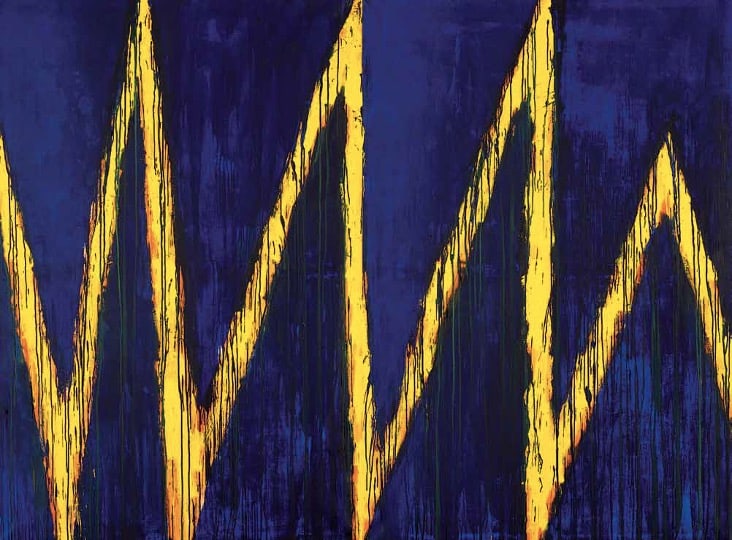The art scene in Poland, like its history, is dynamic and diverse. Political complexities not only provide the backdrop of happenings for the field of art history, but have a fundamental impact on the course of facts, as well as the shape and meaning of works. Frequent border changes, wars and armed attacks destroyed many cities across the country, and consequently all cultural centres. The collapse of the Soviet Union was followed by the development of capitalism and neoliberal economic markets. All these factors influenced artists, who commented on, interpreted, and sometimes conjured up the prevailing reality.
In this article, I present 12 Polish-born artists who shaped the local art scene. I believe it will provide a deeper look into the intricate history of Polish art history from the protagonists of realism and historical painting throughout the 20th century avant-garde to artists from the new generation who continue to challenge the conservative status quo.
JERZY NOWOSIELSKI
Jerzy Nowosielski was a painter, scenographer, and author of monumental wall compositions. His artistic activity was located at the junction of extremes: sacrum and profanum, corporeality and spirituality, abstraction and figurativeness. Nowosielski’s diverse interests oscillating between Eastern and Western cultures allowed him to achieve his own painting language based on a sparing static line, balanced composition and saturated colours. His portraits, still lifes, landscapes and abstractions are characterised by a synthetic form, while elements taken from icon painting (such as the black outline of the figure or zoning) imply religious overtones to his work. Undoubtedly crucial to the formation of his painting language was his interest in surrealism, reflected in bold perspective and compositional solutions, intertwined with provocative thematic boldness. To commemorate the 100th anniversary of his birth, the Polish Sejm declared him patron of the year 2023.
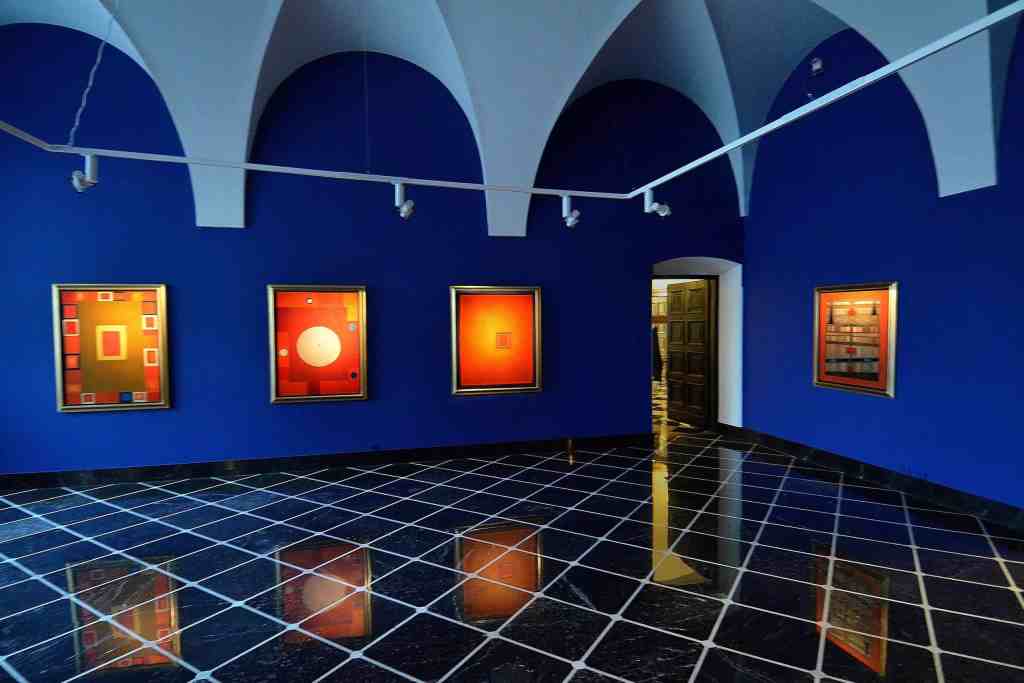

MAGDALENA ABAKANOWICZ
Magdalena Abakanowicz is one of the most famous artists of the second half of the 20th century. At first she mainly worked mainly in the medium of painting, but in time became one of the most famous representatives of sculpture and installation. A constantly recurring motif in her work is the human being, his physicality biologicalness, physiognomy, and the traumas he has experienced. Her greatest fame and recognition came with her “Crowds” – a series of anonymous bronze human figures, which were exhibited in museums or against the urban landscape. Abakanowicz’s statues do not have faces, an element of autonomy that determines the individuality of a person. Although each figure retains a certain separateness, the leitmotif is their repetitiveness, sameness and impersonality. Her work encourages reflection on human fate, the sense of belonging and collectivity. In the Polish and world history of contemporary art, the artist has already established a strong position from the beginning of her career, as confirmed by Abakanowicz’s retrospective exhibition at the Tate Modern in London in 2022.
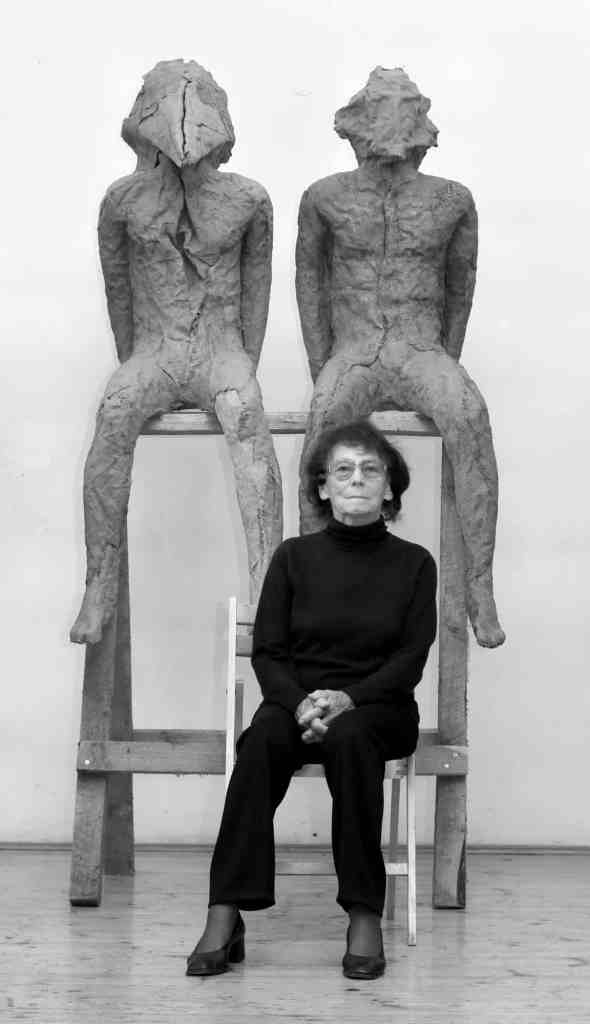

TAMARA DE LEMPICKA
Tamara de Lempicka, although now considered an icon of art déco, was for years marginalised and discriminated against in the canon of 20th-century art history in Poland. She was only discovered and appreciated in the 1970s. She became famous primarily as a painter of still lifes and nudes. In the interwar era, she was a popular portraitist of the intellectual and financial socialite of Paris. In 1939 she moved to the United States and settled in New York, and spent the last years of her life in Mexico. Lempicka’s paintings are a perfect example of the art déco style. Post-cubist styling: emphasising three-dimensionality with drawing and light, hardness of forms, sharpness of colour , smoothness of surfaces, monumentalization, mannerism of shots, and enamel precision of finishing make up Lempicka’s style, perfectly in keeping with the aesthetics of the 1920s.
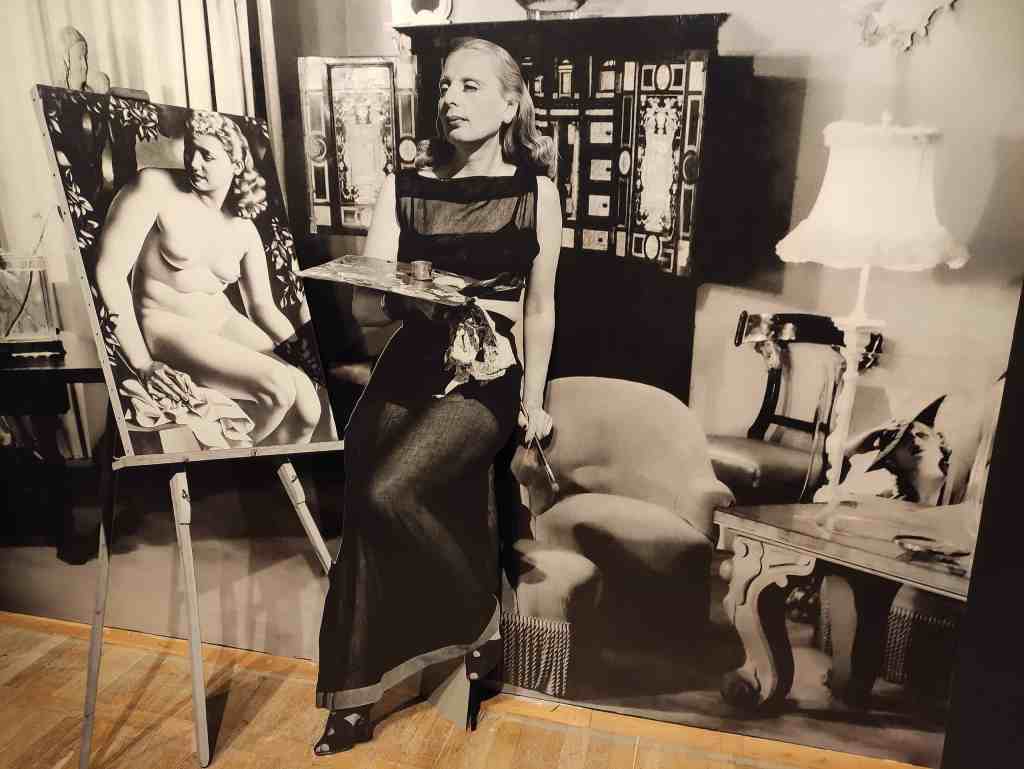

JAKUB JULIAN ZIOLKOWSKI
Jakub Julian Ziolkowski is a graduate of the Academy of Fine Arts in Cracow. He works within traditional painting genres, such as portrait, still life, landscape, and nude. Despite these apparent anachronisms, he is an experimental painter who enters into polemics with both the attitudes of conservative academic professors and artists active around the year 2000. Among realists whose painterly interests oscillated around reality, Ziolkowski was regarded as a metaphysical painter. His phantasmagoric, eclectic painting is based on his numerous travels to various corners of the world. As a result, echoes of surrealism, abstraction, cubism, and constructivism can be seen in his work. Ziolkowski’s painterly visions reflect human madness, excesses of suppressed emotions, dreams, and fears of the subconscious. The various motifs and elements build a seemingly chaotic world, in which there is, paradoxically, order.
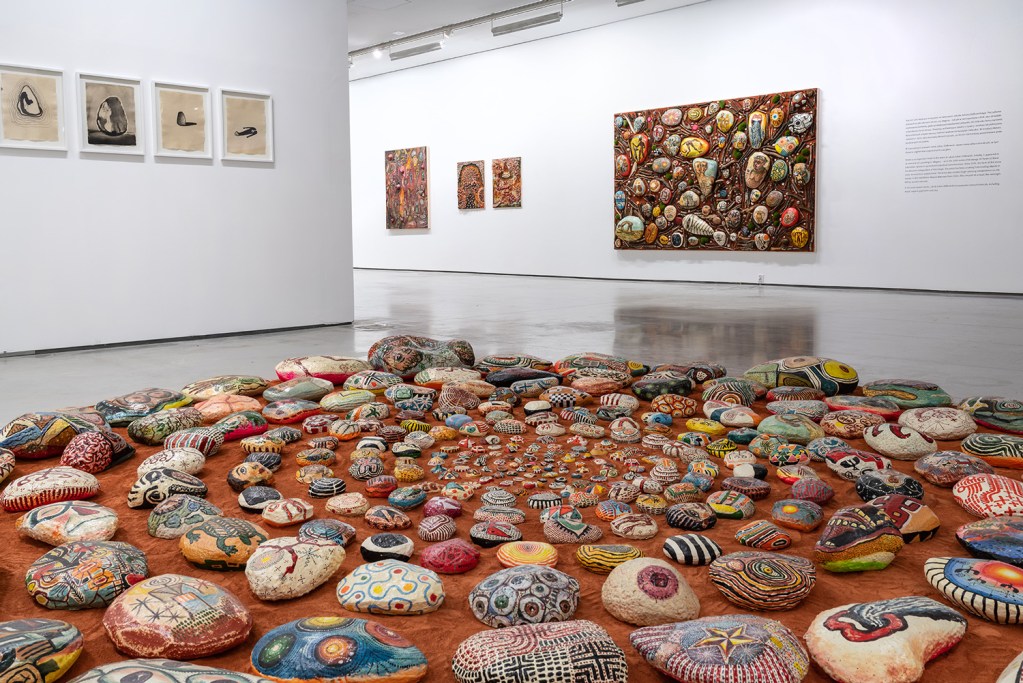

PAULINA OŁOWSKA
Paulina Olowska studied at The Art Institute of Chicago and then at the Academy of Fine Arts in Gdansk. She has received scholarships from, among others, Royal Academy of Art in The Hague or Beeldende Kunsten in Amsterdam. Olowska’s artistic interests are as varied as her intricate educational path. What distinguishes her as an artist is her synthesis of the arts, using various media such as painting, collage, installation, fashion, and music. Her work involves an in-depth analysis of the art of 20th century artists, which she then combines with her art projects, reviving ideas that are wrongly seen as outdated. A characteristic thread of her work is her interest in women’s art and her search for “protoplasts,” hence her fascination with Alina Szapocznikow and Zofia Stryjeńska.
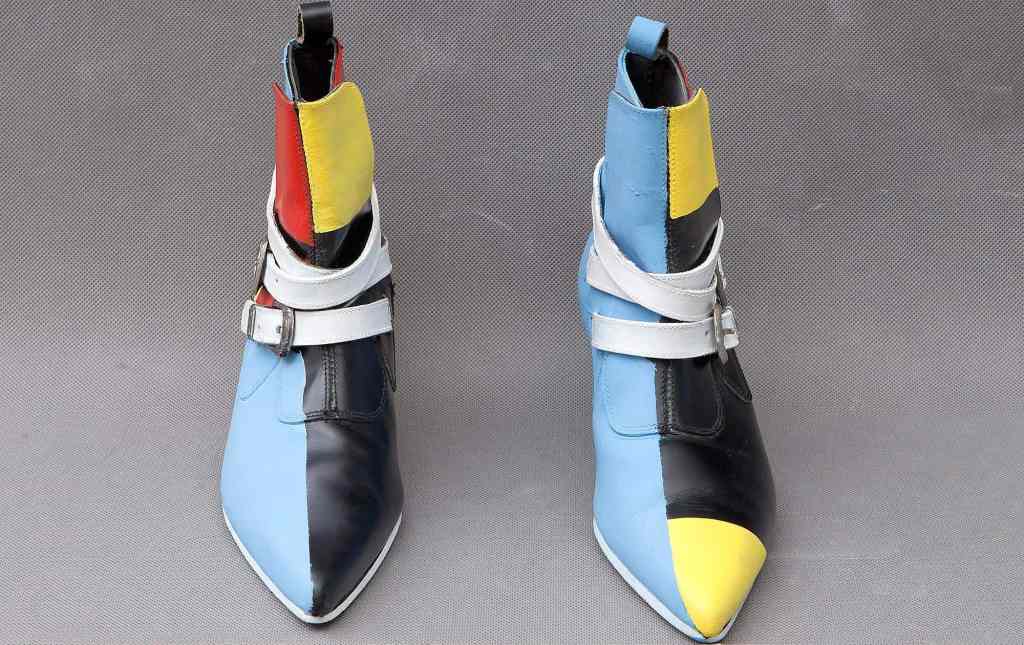

LEON TARASEWICZ
Leon Tarasewicz is a graduate of the Warsaw Academy of Fine Arts. From his earliest period, his works were very different from the new expression painting practised by his peers – filled with repeated motifs of tree trunks, fields or birds, they resembled abstract compositions rather than reflections of reality. Beginning with a solo exhibition at the Galleria del Cavallino in Venice, his work began to appear regularly in galleries in Berlin, London, Tel Aviv and New York. Initially, his work focused mainly on landscape painting. Over time, gradually moving away from figuration, he managed to develop an individual version of nature. His colourful compositions, though seemingly serene, are sometimes extremely emotional in tone. The strength of Leon Trasevich’s painting is the direct impact on the viewer through sweeping brushstrokes and specific colour combinations.
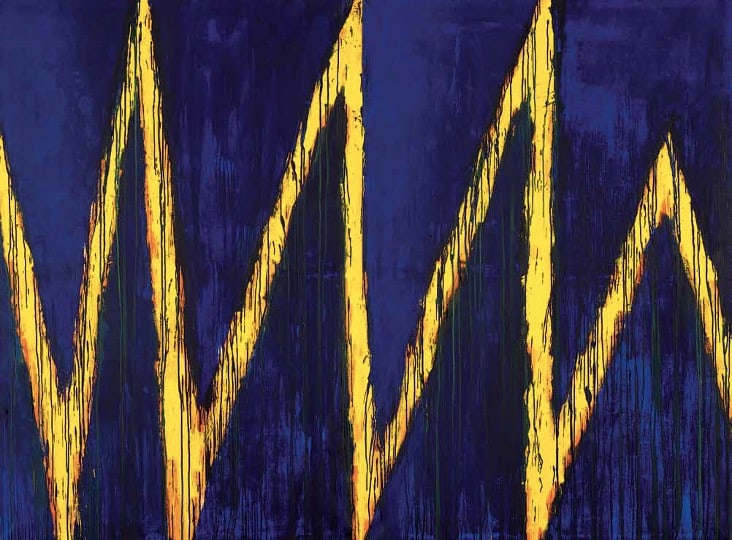

OSKAR ZIĘTA
Oskar Zięta is one of the most sought-after architects in Poland and the world today. He received his doctorate from the ETH University in Zurich. The transdisciplinary design and research studio Zieta Prozessdesign, which he founded, is dedicated to creating customised, ultralight, and adaptable objects based on the latest developments in engineering, architecture, and design. Its main focus is the synergy of design and technology, which generates endless opportunities for the development and application of its proprietary FiDU and 3+ processes. He gained his greatest fame for the controversial creation of the iconic PLOPP stool (2007), and the tallest sculpture in public space in Poland, the WIR installation (2017), as well as the NAWA pavilion-sculpture (2017) nominated for the prestigious European Mies van der Rohe Award.
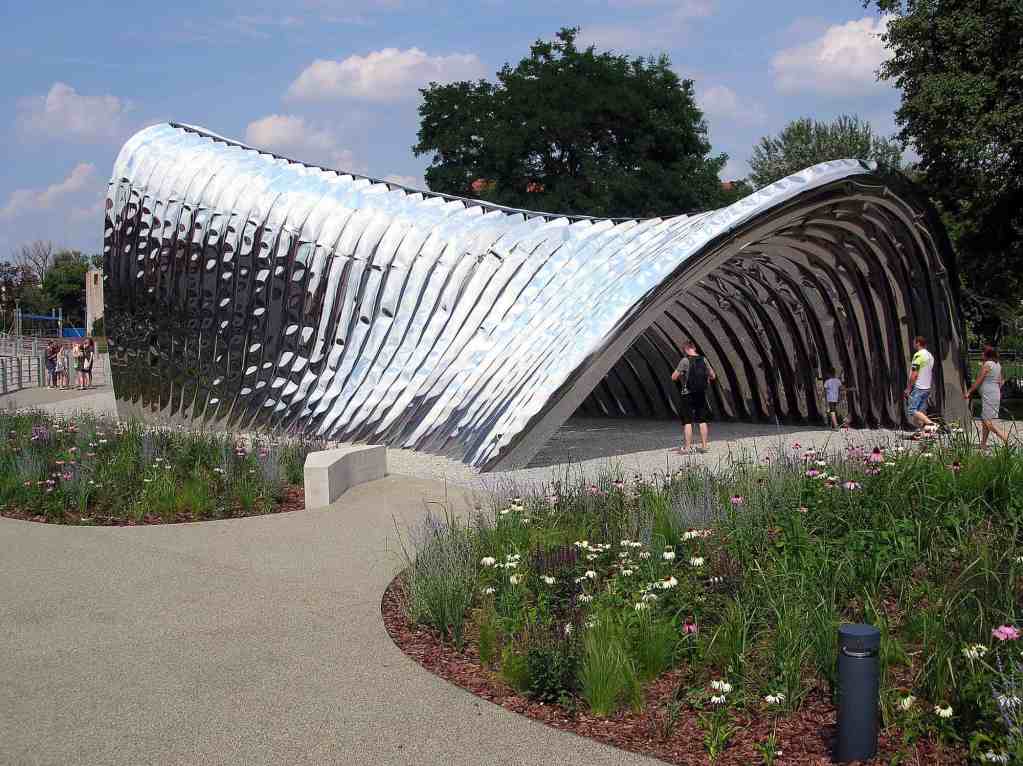

FRANCISZKA AND STEFAN THEMERSON
Franciszka and Stefan Themerson are a unique marriage, a couple in private and artistic life. Although both were independent artists and individually successful, their creative collaboration redefined the face of Polish avant-garde cinematography. Thanks to the compilation of their diverse interests (Franciszka was a painter and set designer, while Stefan was a writer and filmmaker), they complimented themselves in the fields of literature, film, and music. In the 1930s, using innovative techniques, they made five films that were considered groundbreaking in the history of Polish experimental cinema. They became famous for their jointly produced books and operas. During their postwar emigration, they ran the publishing house Gaberbocchus Press in London, where they organised the international art community “Common Room” around them.
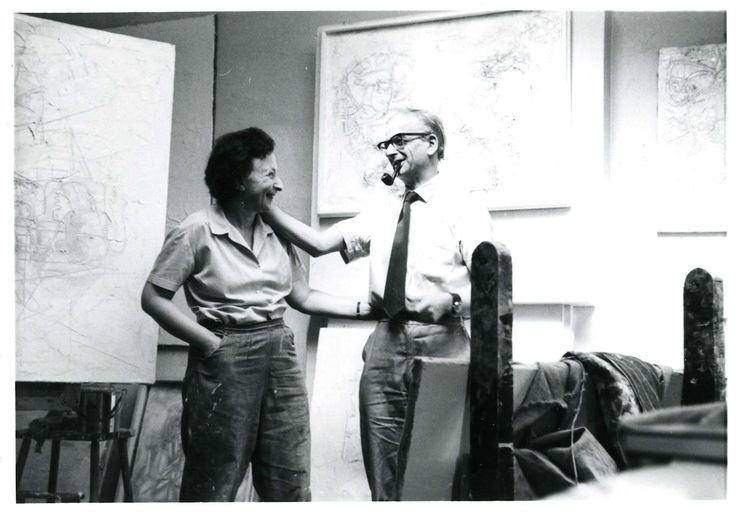

EWA CIEPIELEWSKA
Ewa Ciepielewska is a graduate of the Wroclaw State Higher School of Fine Arts and co-founder of the Luxus group, considered one of the most important artistic phenomena in Polish art in the late 1980s and early 1990s. The name “Luxus” indicated a desire to break away from the coarseness of martial law. Their main idea was to contest the grey reality of communist Poland, and their theme was the iconosphere of popular culture. Ewa Ciepielewska’s works often revisit contemporary and historical female figures important to the feminist movement. The artist, for years, was involved in social and environmental issues. What was special about all the works was the technique used. The images were made using a stencil – a form associated mainly with street art activities, and at the same time revolutionary art, activism displayed on city streets.
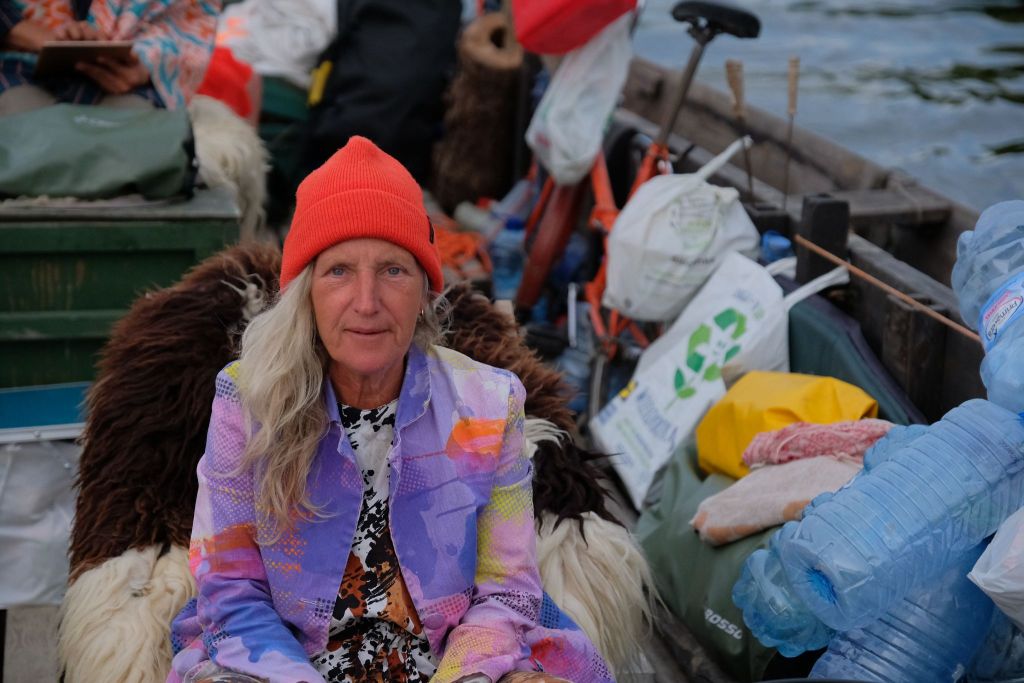

WOJCIECH FANGOR
Wojciech Fangor is a graduate of the Warsaw Academy of Fine Arts. In the early 1950s he painted in the spirit of socialist realism. In the postwar years he created designs for international architectural competitions. Several of his works can also be seen today in the space of Warsaw, including the train station or stations of the second subway line. From then on he created works in relation to the space outside the painting, understood as an equal artistic material. The painting installations and paintings of the 1960s and 1970s, composed of colourful contrasting circles and waves, represent a spectrum of research into optics, colour and its interaction with the viewer. The culmination of this period was Fangor’s solo exhibition at the Guggenheim Museum in New York (it was the Polish artist’s first exhibition there).
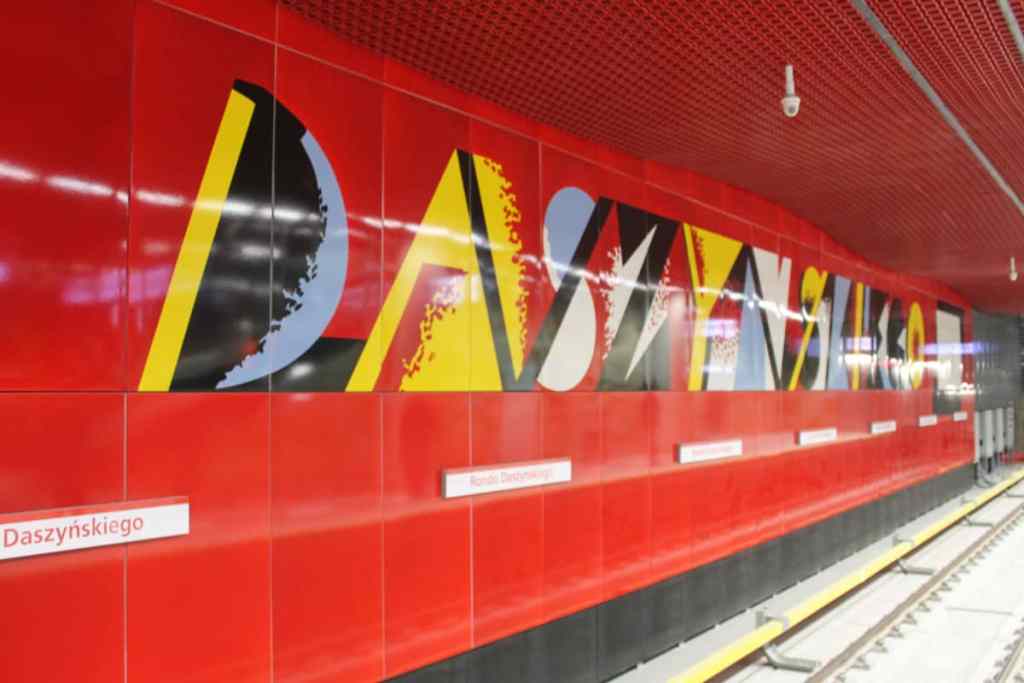

ZOFIA RYDET
Zofia Rydet is one of the most prominent Polish photographers. She made her debut in the 1960s. She photographed specific social groups and landscapes, also created photomontages. Her works are a story of human obsessions, loneliness, fear of annihilation. From 1978, practically until the end of her career, she accomplished her most important artistic achievement, i.e. “Sociological Record”. This is a monumental documentation of man and society, made in tens of thousands of negatives, carried out independently in more than a dozen provinces throughout Poland and the world. Rydet’s photographs are characterised on the one hand by directness and simplicity of capture, naturalness and sincerity, and on the other by inspiration from modern art, both photographic pictorialism, abstraction, and surrealism.


MAGDALENA WIĘCEK
Magdalena Więcek is considered one of the most important figures in post-war Polish art. She began her artistic education at the State Higher School of Fine Arts in Sopot and then moved to the Academy of Fine Arts in Warsaw. Her first works were created in the spirit of Socialist Realist doctrine, as exemplified by her massive, figurative sculptures, whose busy texture is reminiscent of Xawery Dunikowski’s work. In the second half of the 1950s, she created abstract sculptures with organic shapes, reminiscent of Henry Moore’s biomorphic works. Więcek admired classical art and ethnic cultures with Neolithic and Inuit roots. However, she never sought to imitate, but to create her own vision. Together with Magdalena Abakanowicz or Alina Szapocznikow, she shaped the face of the postwar art scene and co-created the modern paradigm of Polish sculpture.
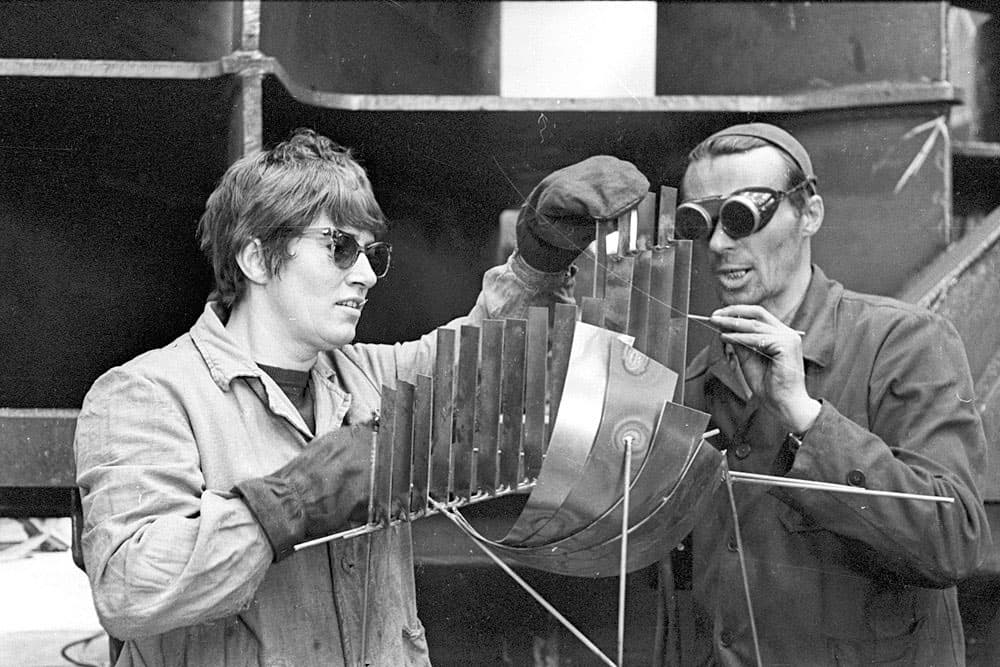

The article was created in collaboration with Polish Cultural Institute in London.
The Institute’s focus lies in promoting Polish culture and heritage to British audiences, as well as developing collaborations and building bridges between key cultural and academic institutions in Poland and the UK. It has collaborated with some of the most recognisable arts institutions in the UK, including the National Gallery, The Globe Theatre and the British Film Institute; and is dedicated to nurturing and promoting cultural ties between the United Kingdom and Poland, both through British exposure to Poland’s cultural achievements, and the exposure of Polish artists and scholars to British trends.

